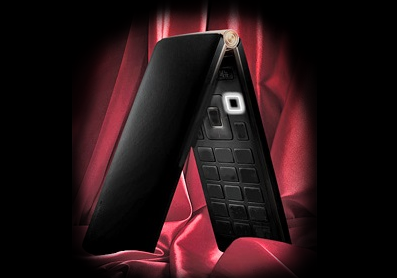
Clamshells Gets Smart
Can Smartphone Designs Rise above Flat?
 About 10 years ago, Motorola unveiled its RAZR series of clamshell handsets. They were sleek, stylish and quickly became a fashion statement. Flip phones were suddenly dominating the charts. Competitors like Nokia were caught unawares, and market shares shifted. Could it happen again?
About 10 years ago, Motorola unveiled its RAZR series of clamshell handsets. They were sleek, stylish and quickly became a fashion statement. Flip phones were suddenly dominating the charts. Competitors like Nokia were caught unawares, and market shares shifted. Could it happen again?
It’s expected that LG will soon release its first clamshell smartphone, the LG Wine Smart. This wouldn’t be the first flip-style smartphone on the market — Samsung’s Galaxy Golden, released last October, is an Android-based clamshell with an ITU-T 12-button keyboard. These devices could be aimed at older users who are more comfortable with physical keys. However, the appearance of a growing number of external smartphone and tablet keyboards on the market makes us wonder if this could lead to a larger trend.
Physical keyboards provide a different usability experience, freeing screen real estate, and virtual keyboards imitate QWERTY and 12-key devices but don’t replicate the feel and convenience exactly. Foldable phones increase production complexity and costs, but there could be an opportunity for manufacturers to improve average selling prices by pulling together a fresh interface for a generation of users accustomed to the click of a hard key. Low-cost, low-power secondary screens could be used to complement the primary display, overcoming the challenges in optimising the interface of a phone which is usually closed when idle.
Design trends have disrupted the handset market before and, although the industry is standardised on the all-touch experience, there’s room to expand input in other ways. LG’s device will be unveiled later this month, and will initially be Korea-specific. The smartphone look of 2020 could hinge on devices like the one LG will be introducing. At some point, some change will unfold.
 LinkedIn
LinkedIn
 Email
Email
 Facebook
Facebook
 X
X
